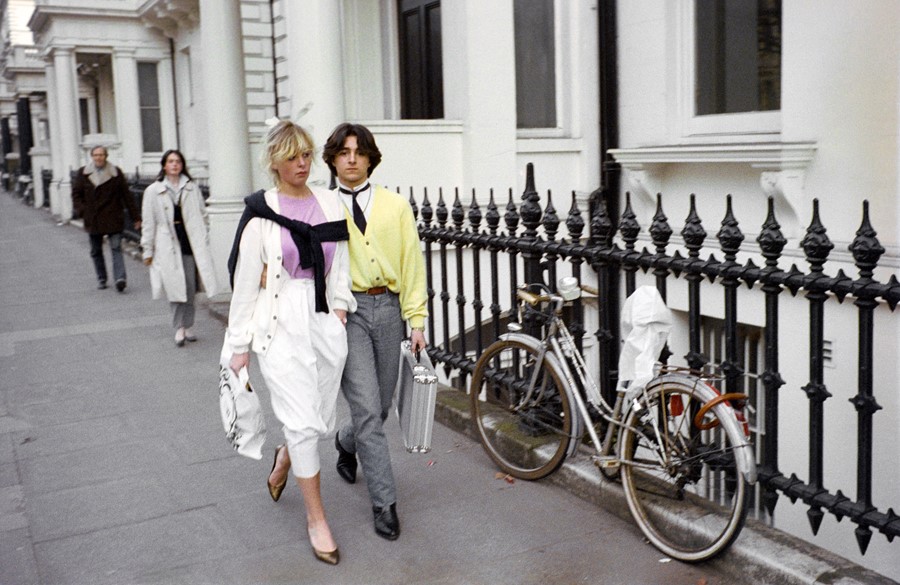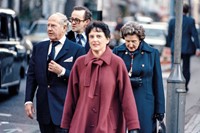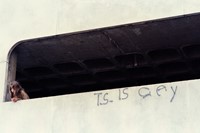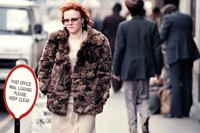The photographer began taking photos of the city in 1982, having spent years documenting New York’s queer community
In 1976, Sunil Gupta began shooting a series that would shape his career. Born in New Delhi and raised in Montreal, the photographer was in New York studying with Lisette Model at the time, spending weekends in the West Village. His black and white images of men on Christopher Street have since come to define a celebratory time for the gay community, photographed after Stonewall uprising but before the Aids crisis. Moving to London a few years later, he sought to revisit the concept, swapping out the West Village for west London.
“I arrived in Earl’s Court because I’d heard that was the London equivalent of the West Village, and actually it was nothing like it,” he says. “There was a brief gay renaissance around Habitat on the King’s Road. There used to be a café on the first floor which became a gay hangout, until they wised up to it and actively tried to stop you from coming in.” The prejudice was potent: while sex between men had long been legal, cruising had effectively been criminalised. “It became like prostitution,” he adds.
Unable to pursue his original idea – at least not until a few years later – Gupta broadened the project’s scope, focusing on the people he encountered in-between lectures at the Royal College of Art. The subsequent pictures have remained largely unseen since his graduation show in 1983, and they’ve now been published in a book, London ’82 (Stanley Barker Books).
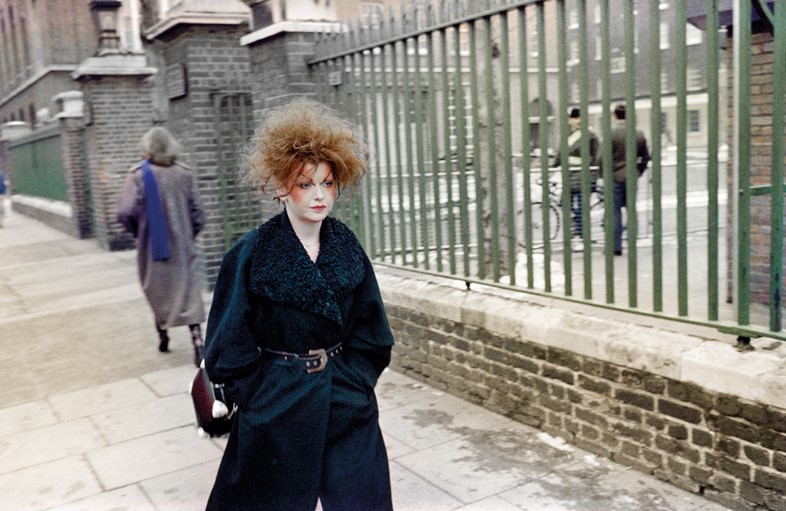
“My impression of London was born by seeing a film called Sunday Bloody Sunday, and the architecture [in Earl’s Court] looked like that: tall terrace houses with black railings,” Gupta recalls. “But I’d become fond of New York, so I was reluctant to come. It was good and bad. I’m a product of British colonial India, my upbringing was entirely in British English, so everything was familiar compared to North America. But otherwise it got a bit grim: the gay scene felt very oppressive. People were being hounded – there was literally a police campaign to arrest people.”
Arriving in tandem with a rise in fascism, Gupta encountered additional discrimination he’d not experienced in New York. “It was the days of the National Front, so I became mostly conscious of other Black and Asian people on the street and shot them,” he says, referencing his primary subjects. “Around where I lived, it was a mixture of people with and without money. In New York, the poor lived in one place and the rich in another, but here it was all mixed up. I lived amongst a bunch of bankers, but you’d see these pensioners with hardly any income walking around. That caught my eye too.”
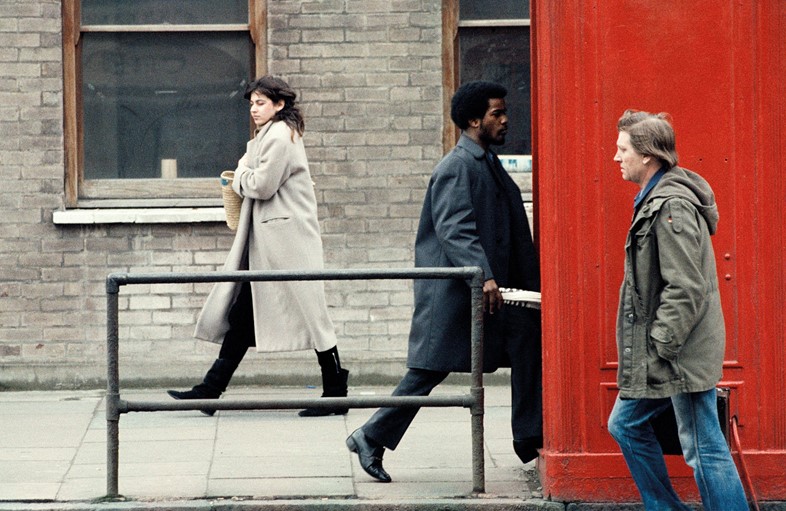
People weren’t necessarily receptive to being photographed, he says, highlighting a further divide between the two cities. “In New York they didn’t care about having their photo taken. I think because there was a certain visual culture – street pictures were around us in museums and galleries back then. Here, people were wary, so I’m further away consequently.” The resulting pictures – street scenes of local subcultures, and graffiti of political note – feel removed from Gupta’s wider catalogue, foregrounding instead his early experiments with new practices (as a student at the RCA, he had access to colour printing facilities that had previously not been available to him). “It became more feasible, but the technicalities were a bit different. Colour was limiting. Also London is very high up in altitude, there’s hardly any light, so I was right on the edge of what was possible. I missed a lot – the speeds were too slow or the light wasn’t enough – but I just put the camera everywhere.”
London ’82 by Sunil Gupta is published by Stanley Barker Books and is out now.
